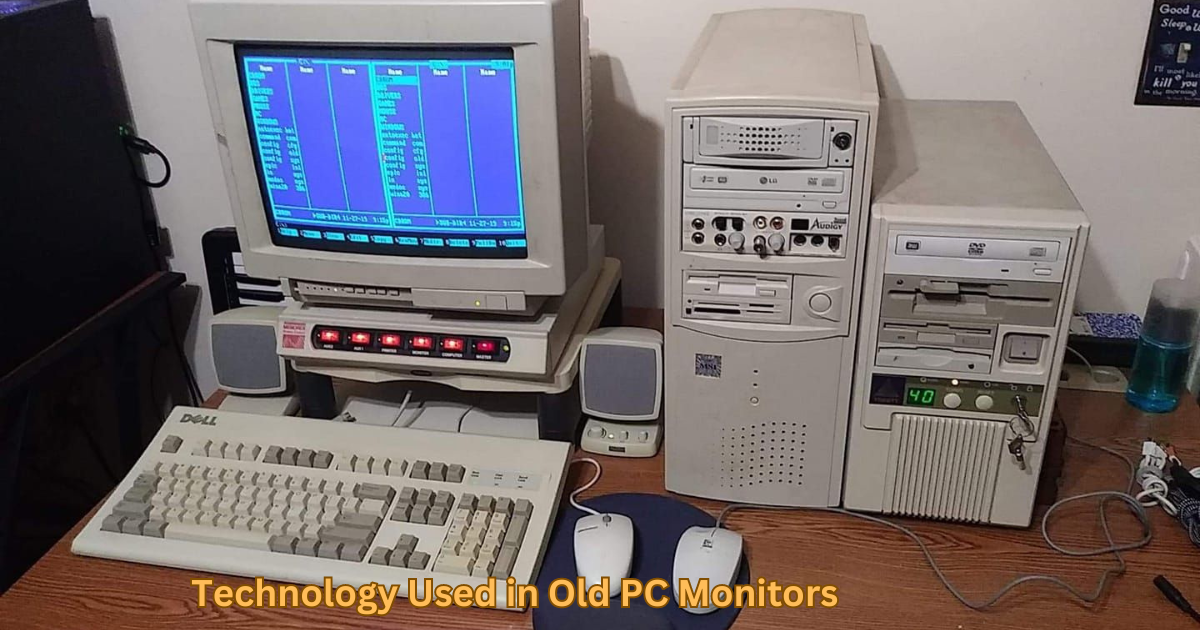In the fast-paced world of technology, it’s easy to overlook the humble beginnings of our modern marvels. Take, for instance, the old PC monitors that once adorned our desks, faithfully displaying everything from spreadsheets to video games. While we may think we know all there is to know about these relics of the past, there are some shocking revelations lurking beneath the surface.
Before we dive into the nitty-gritty details, let’s take a moment to appreciate the journey of display technology. It all began with the cathode ray tube (CRT), a bulky contraption that relied on an electron gun to create images on a glowing screen. While CRT monitors were revolutionary, they were far from perfect. Screen flicker and eye strain were common complaints, but they laid the groundwork for the following LCD (Liquid Crystal Display) monitors.
Imagine a world without flat-screen monitors – the world of the CRT. These behemoths dominated desks for decades with their bulky bodies and unmistakable hum. But what exactly went on inside these cathode ray tubes? Well, it’s all about electrons and phosphorescence. When the electron gun fired a beam of electrons at the luminous screen, it caused it to glow, creating the images we see on the display. It’s a process that seems almost magical in its simplicity, but it laid the foundation for the monitors we use today.
Enter the LCD – a game-changer in the world of display technology. Unlike CRTs, which relied on bulky vacuum tubes, LCDs used a matrix of liquid crystal cells to manipulate light and create images. This allowed for thinner, lighter monitors with crisp resolution and vibrant colours. But LCDs weren’t without their flaws. Early models suffered from poor colour reproduction and limited viewing angles, but technological advancements soon addressed these issues.
Table of Contents
ToggleThe Evolution of Display Technology
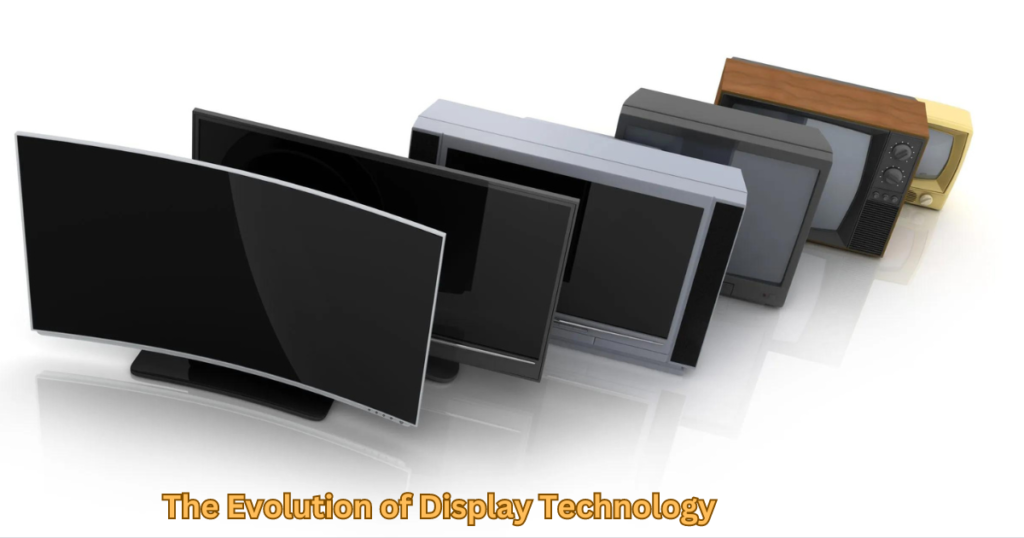
Before we dive into the nitty-gritty details, let’s take a moment to appreciate the journey of display technology. It all began with the cathode ray tube (CRT), a bulky contraption that relied on an electron gun to create images on a glowing screen. While CRT monitors were revolutionary, they were far from perfect. Screen flicker and eye strain were common complaints, but they laid the groundwork for the following LCD (Liquid Crystal Display) monitors.
Inside the Cathode Ray Tube (CRT)
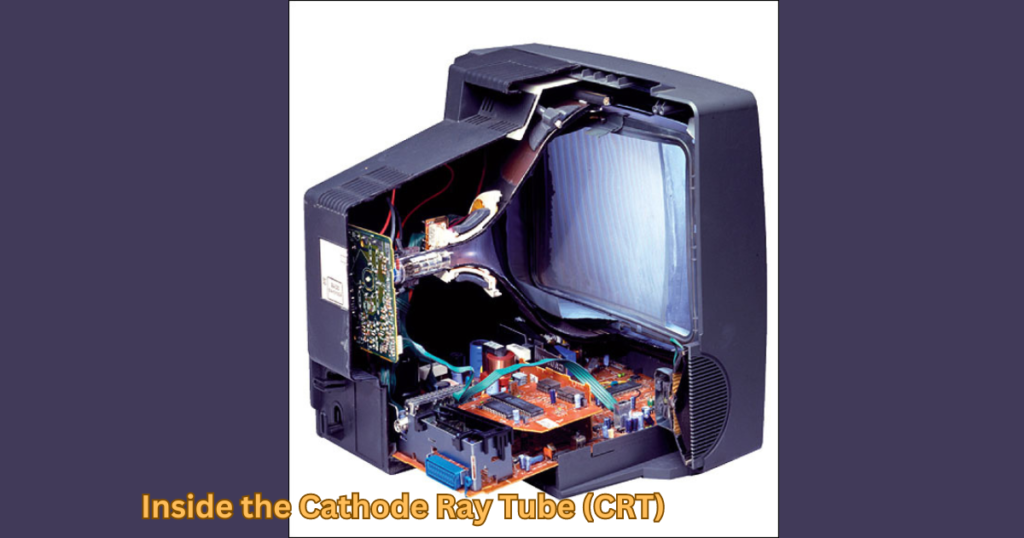
Imagine a world without flat-screen monitors – the world of the CRT. These behemoths dominated desks for decades with their bulky bodies and unmistakable hum. But what exactly went on inside these cathode ray tubes? Well, it’s all about electrons and phosphorescence. When the electron gun fired a beam of electrons at the luminous screen, it caused it to glow, creating the images we see on the display. It’s a process that seems almost magical in its simplicity, but it laid the foundation for the monitors we use today.
The Rise of Liquid Crystal Displays (LCDs)
Enter the LCD – a game-changer in the world of display technology. Unlike CRTs, which relied on bulky vacuum tubes, LCDs used a matrix of liquid crystal cells to manipulate light and create images. This allowed for thinner, lighter monitors with crisp resolution and vibrant colours. But LCDs weren’t without their flaws. Early models suffered from poor colour reproduction and limited viewing angles, but technological advancements soon addressed these issues.
Advancements in LED Technology
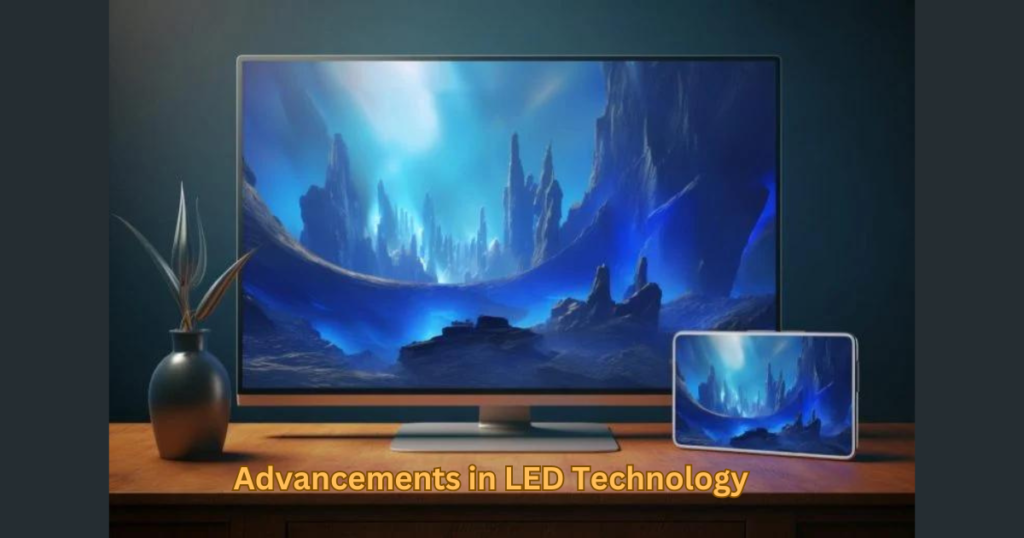
As LCD technology continued to evolve, so did the technology behind their backlighting. LEDs (Light-Emitting Diodes) emerged as a more efficient alternative to the fluorescent bulbs used in earlier LCD monitors. By replacing the bulky bulbs with small LEDs, manufacturers created thinner, lighter, and more energy-efficient monitors. The result? Brighter displays with improved colour accuracy and contrast.
Exploring OLED: The Future of Display Technology

While LCDs and LEDs continue to dominate the monitor market, there’s a new kid on the block: OLED (Organic Light-Emitting Diode) displays. Unlike LCDs, which rely on a backlight to illuminate the screen, OLED displays emit their light, resulting in deeper blacks and vibrant colours. However, OLED technology has its challenges. Manufacturing costs and potential screen burn-in have slowed its adoption, but the promise of ultra-thin displays with unparalleled image quality keeps the dream alive.
Lesser-Known Technologies in Old PC Monitors
While we’ve covered the big players in the world of monitor technology, plenty of lesser-known technologies deserve recognition. From electroluminescent displays to plasma screens, the history of display technology is filled with innovation and experimentation. These forgotten technologies may not have stood the test of time, but they’re a testament to the ingenuity of the engineers and scientists who dared to dream.
Common Misconceptions and Surprising Facts
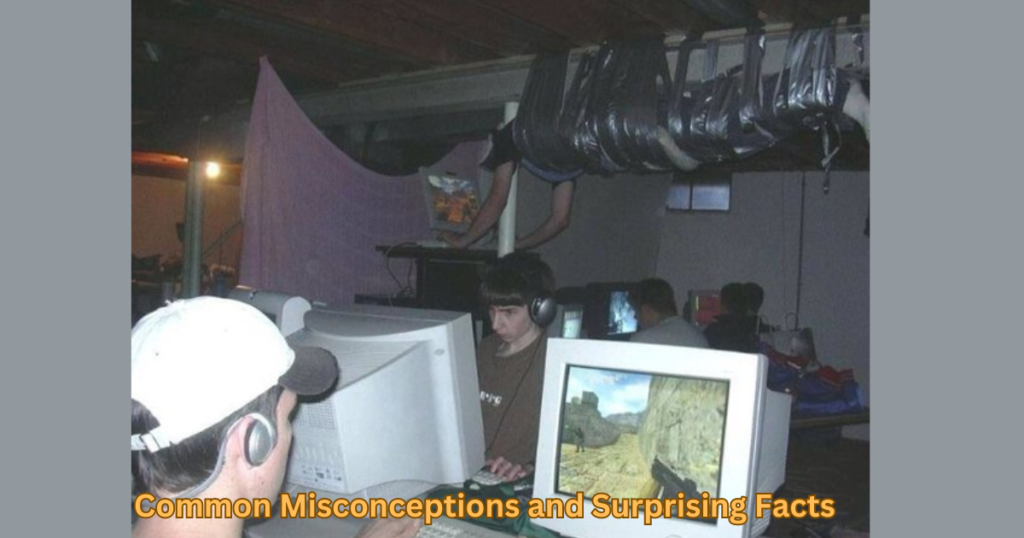
Before we wrap up, let’s take a moment to address some common misconceptions and surprising facts about old PC monitors. Did you know that early CRT monitors were once considered a luxury item? Or were the first LCD monitors used primarily in military and industrial applications? It’s true – the history of monitor technology is full of unexpected twists and turns.
The Impact of Vintage Monitor Technology on Modern Displays
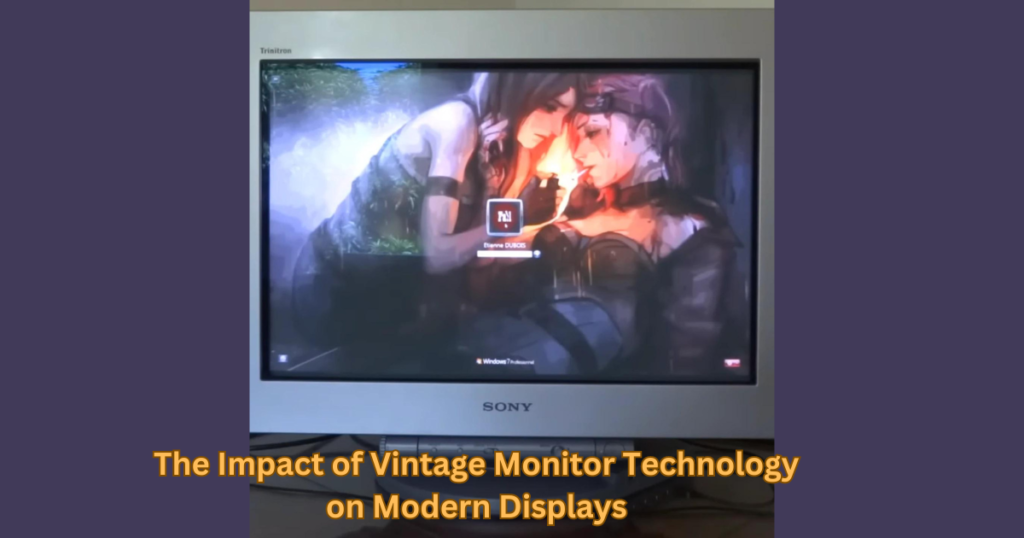
As we reflect on the technology that powered old PC monitors, we must consider its impact on the monitors we use today. Each advancement has shaped how we interact with our computers, from the bulky CRTs of the past to the sleek OLED displays of the future. So, the next time you boot up your PC, take a moment to appreciate the journey that got us here.
Conclusion
In conclusion, the technology used in old PC monitors is more fascinating and complex than meets the eye. From the early days of CRTs to the cutting-edge OLED displays of today, each generation of monitors has pushed the boundaries of what’s possible. So, the next time you sit in front of your computer, take a moment to appreciate the technology that makes it all possible. Who knows what surprising revelations the future may hold?


